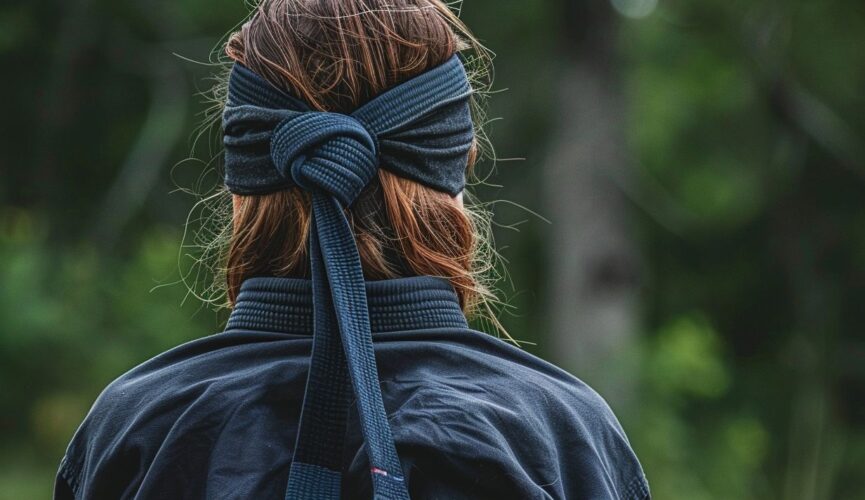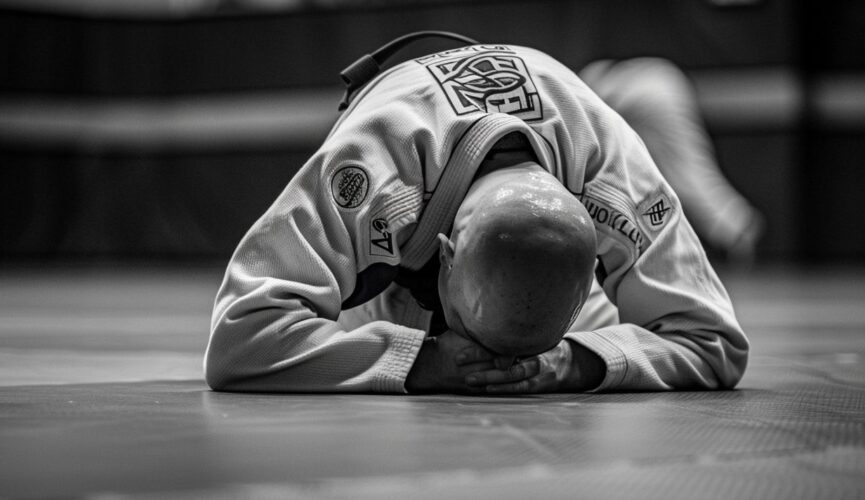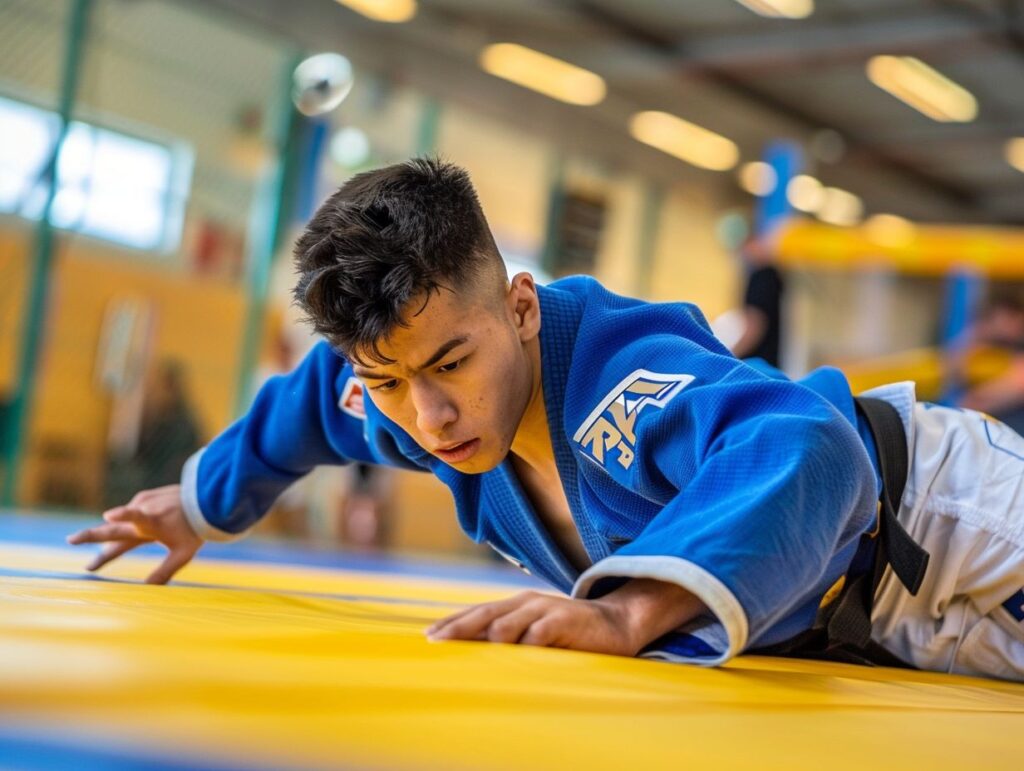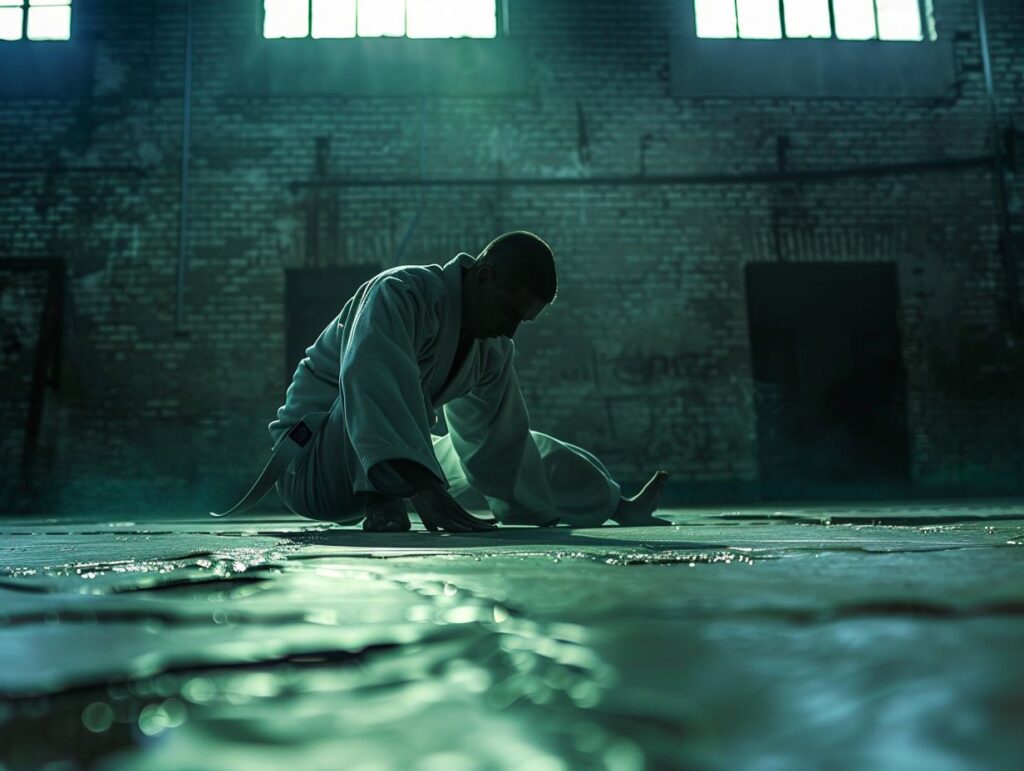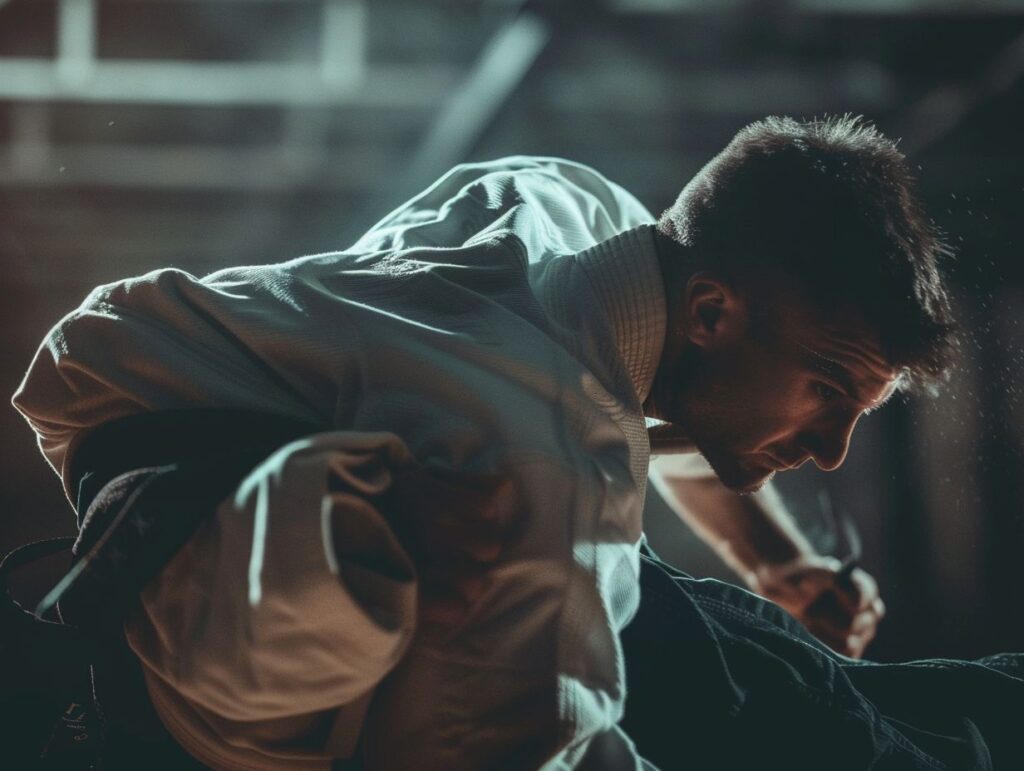Cauliflower ear is a common condition among Brazilian Jiu-Jitsu practitioners like yourself, and it can leave your ears looking disfigured and swollen.
Let’s dive into what cauliflower ear is, what causes it, and how you can prevent it in BJJ by using protective gear and specific techniques. We’ll also look at different treatment options for healing this condition.
You’ll learn about the potential long-term effects of cauliflower ear and get some tips and strategies for avoiding it completely in the world of BJJ.
What is Cauliflower Ear?
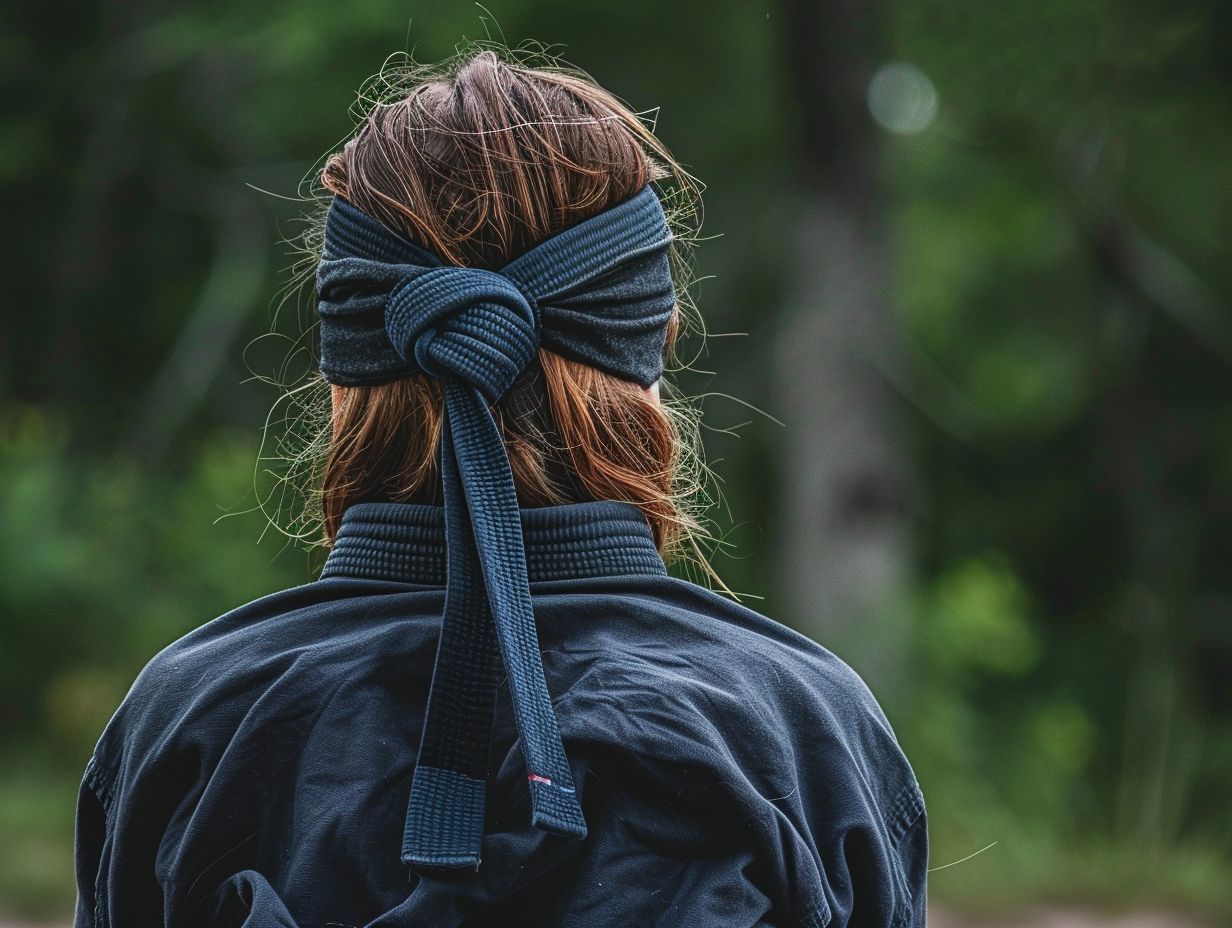
If you’re into BJJ or other grappling martial arts, you’ve probably heard of cauliflower ear. It’s when your outer ear gets banged up so much that it swells and changes shape, looking like a little cauliflower. This happens when your ear takes repeated hits or gets rubbed a lot during intense activities like wrestling, jiu-jitsu, or ground fighting.
That lumpy, bumpy cauliflower ear look? It’s all thanks to a build-up of blood and other fluids in your ear’s cartilage, making it stiff and misshapen. Besides the not-so-pretty appearance, cauliflower ear can mess with your ear’s function, possibly causing hearing problems or discomfort.
Seeing a lot of cauliflower ear in BJJ and other grappling sports shows just how rough and tumble these activities can be. To steer clear of this, it’s crucial to take the right precautions and get prompt treatment to keep cauliflower ear from causing long-term havoc.
Explanation and Causes
If you’re into BJJ, you know that cauliflower ear is no joke. It happens when your ear takes a beating, and the blood and fluids start building up due to trauma, causing the cartilage tissue to die off. The constant rubbing and pressure on your ear during grappling can even lead to skin abrasions, also known as mat burn, which only makes things worse.
All that damage to the cartilage messes with the natural shape of your ear, making it puff up and look all wonky, like a piece of cauliflower. The repeated trauma from all that wrestling and Jiu-Jitsu action can also cause fluid to accumulate, making your ear swell up even more. The pressure during those intense grappling sessions just adds to the problem, gradually changing the structure of your ear and making you more prone to developing that classic cauliflower ear look.
Preventing Cauliflower Ear in BJJ
To prevent cauliflower ear in BJJ, you need to make sure you’re using the right protective gear and techniques to lower the risk of ear trauma. Being proactive about this will help keep your ears safe during those intense grappling sessions.
In Brazilian Jiu-Jitsu, consider wearing ear guards, also called ‘cauliflower ear protectors,’ to give your ears an extra layer of defense against injuries. These guards are designed specifically to protect your ears during sparring and ground fighting, reducing the likelihood of developing cauliflower ear.
When training or competing, focus on using proper positioning techniques that don’t strain your ears unnecessarily. It’s important to combine the use of protective gear with the right grappling techniques to maintain good ear health in the long run.
Protective Gear and Techniques
To reduce the risk of ear injuries during grappling activities like BJJ, you should consider using proper ear protection, such as ear guards. Keep your ears safe by following prevention tips like maintaining good hygiene, wearing ear muffs, and taking care of your ear health.
Make sure to keep your equipment clean by sanitizing your headgear and ear guards regularly. This helps prevent the buildup of bacteria and fungi that could cause infections. Don’t forget to check your gear for any signs of wear and tear and ensure a snug fit to avoid unnecessary shifting during training. Following these practices will not only protect your ears but also maintain overall hygiene in the sport, lowering the chances of developing painful cauliflower ear deformities.
Treating Cauliflower Ear
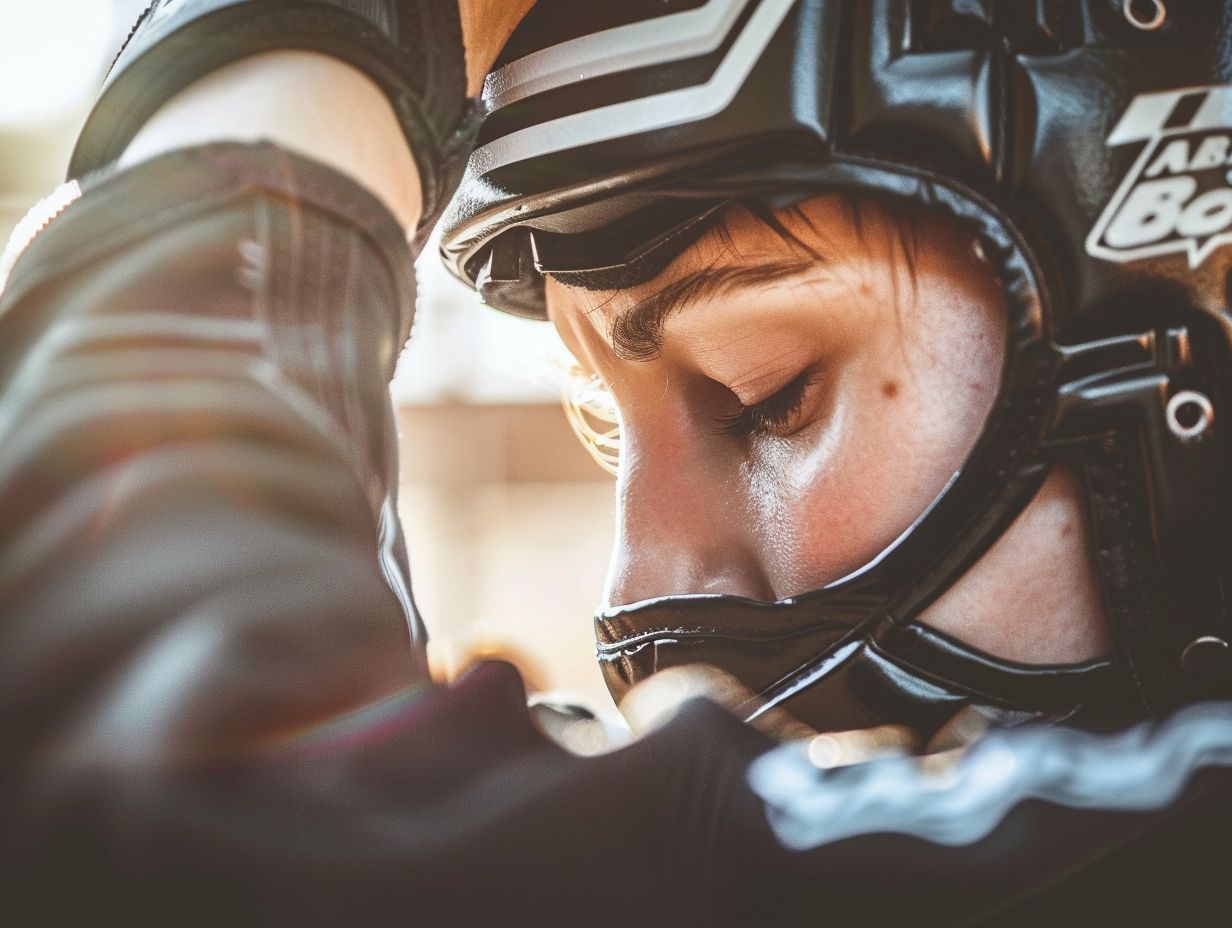
When dealing with cauliflower ear, it’s important to tackle the swelling and hematoma by opting for drainage procedures to ease the pressure and aid in recovery. Make sure you seek medical attention promptly to avoid complications and ensure your ear heals properly.
Managing this condition relies heavily on drainage techniques to carefully remove the built-up blood or fluid from the affected area. Following the drainage, recovery steps like compressing the ear with a bandage and allowing for adequate rest are usually recommended to support the healing process.
Remember to keep in touch with healthcare providers after the drainage to track progress and address any issues that may crop up. Acting in a timely manner is crucial for controlling the swelling and preventing the ear from developing a more serious deformity.
Getting professional advice early on can have a significant impact on the long-term outcome of the condition.
Options for Healing and Recovery
When dealing with cauliflower ear, your healing and recovery depend on effective drainage to reduce swelling and hematoma, as well as minimizing the risk of infection to ensure proper tissue repair. Don’t hesitate to seek medical advice for treatment to prevent any complications.
You have several options to tackle cauliflower ear, including drainage procedures to remove excess fluids and prevent permanent deformity. To manage swelling, try using cold compresses and elevating the affected ear to ease discomfort and improve circulation. Monitor the ear for any signs of infection like redness, warmth, or pus. If you notice any of these symptoms, make sure to seek medical help promptly. Taking proactive measures to prevent infections, like maintaining cleanliness and following antibiotic prescriptions, is crucial for a successful recovery.
Long-Term Effects of Cauliflower Ear
You need to be aware of the potential long-term effects of cauliflower ear. If left untreated, it can result in complications such as permanent ear deformity, chronic swelling, and an increased risk of infections. Understanding these risks is crucial, especially if you are involved in combat sports like BJJ, so that you can prioritize the health of your ears.
Cauliflower ear, also known as auricular hematoma in medical terms, happens when your outer ear experiences trauma that causes blood to accumulate between the cartilage and skin. If you don’t address it, this can lead to a hardened, distorted appearance.
This deformity isn’t just about looks; it can also affect how your ear functions. It may make wearing protective headgear uncomfortable, and chronic swelling can make things worse by causing discomfort and altering the natural shape and function of your ear. If you leave cauliflower ear untreated, you’re also at a higher risk of infections due to compromised blood flow and tissue integrity.
Potential Complications and Risks
Regarding cauliflower ear, you’ve got to watch out for infections like otitis externa caused by ear trauma. To keep your ears in top shape in combat sports, make sure you’re using proper protective gear and keeping your ears clean.
On top of the infection risk, cauliflower ear can mess with your ear’s structure permanently if you don’t act fast. Ignoring ear trauma can lead to cartilage breakdown and fibrosis, making things worse. If left untreated, cauliflower ear can bring on pain, discomfort, and even hearing issues down the line. If you’re into contact sports, it’s key to focus on prevention. Wear headgear during training and matches to lower your chances of ear injuries and steer clear of cauliflower ear.
How to Avoid Cauliflower Ear in BJJ
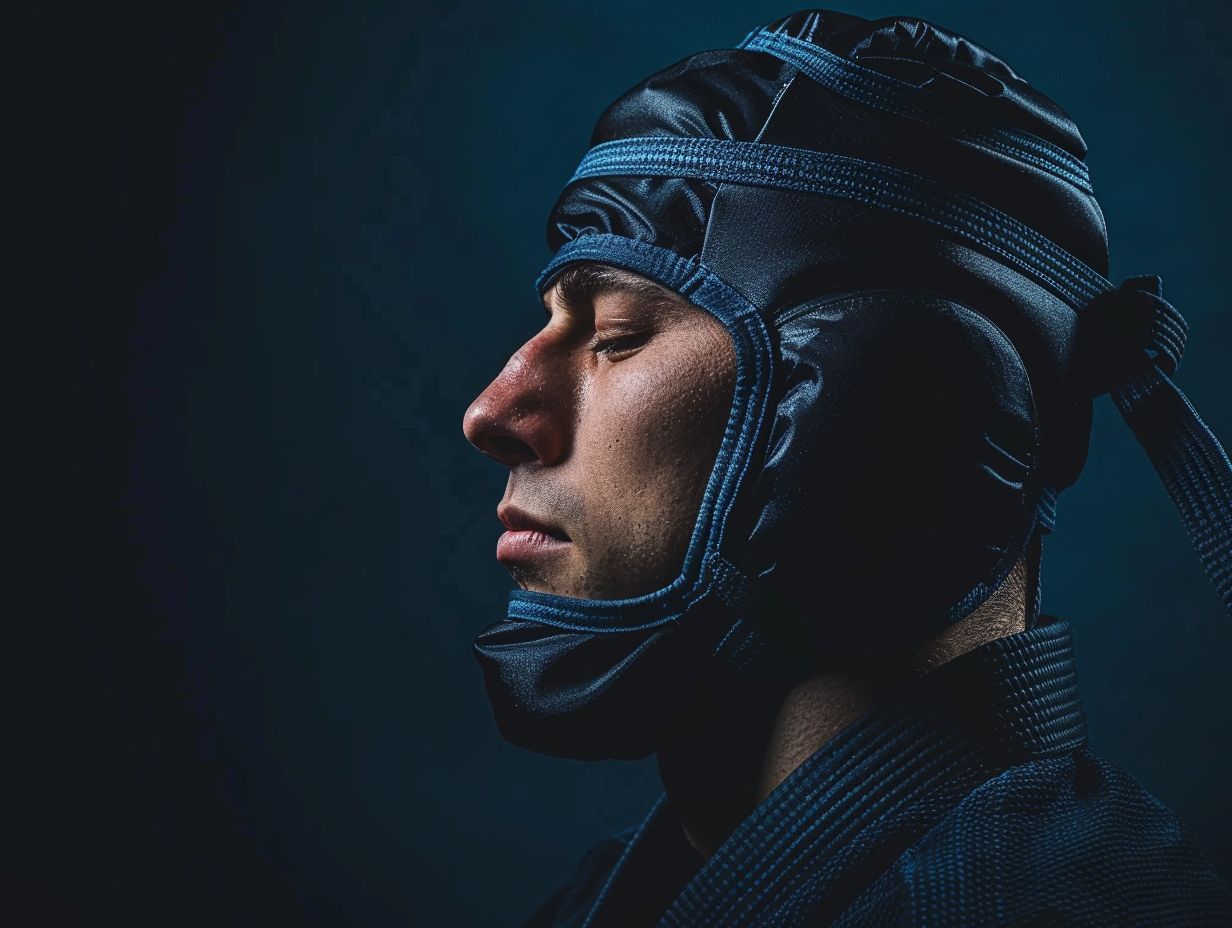
If you want to steer clear of cauliflower ear in BJJ, you’ve got to be proactive about protecting your ears and following some smart strategies to prevent those pesky injuries. It’s all about prioritizing ear protection and good hygiene habits to keep your ears safe during those intense combat sports sessions.
One of the best moves you can make is to get yourself some top-notch ear guards made specifically for BJJ. These bad boys are crucial for absorbing impact and lowering the risk of developing cauliflower ear.
Don’t forget to take care of those ears post-training too. Make sure to clean and dry them thoroughly to avoid any infections that could make any ear trauma worse.
During those sparring sessions, watch out for rough contact directly on your ears. Keep a solid defensive posture and be mindful of where your opponent’s strikes are landing to avoid any unnecessary ear trauma.
And hey, don’t underestimate the power of head movement techniques. Using those can help you dodge those direct impacts on your ears and keep them in tip-top shape.
Tips and Strategies for Prevention
If you want to steer clear of cauliflower ear in BJJ, you need to take some proactive steps. Start by incorporating self-defense techniques that protect your ears and maintaining good ear hygiene practices. When training, adjust your routines to minimize the risk of ear injuries.
To prevent cauliflower ear, it’s crucial to always be alert during fights to avoid strikes or takedowns that could harm your ears. Keeping your head in the right position when sparring can really help lower the chances of ear trauma. Consider investing in quality ear protection gear like wrestling headgear or ear guards for that extra layer of defense during training. And don’t forget to clean and dry your ears regularly after training to prevent infections and keep your ears healthy, reducing the likelihood of developing cauliflower ear.
Frequently Asked Questions
How can I prevent cauliflower ear when training in BJJ?
There are a few ways to avoid cauliflower ear when practicing BJJ. First, make sure to wear properly fitted ear guards while training. Additionally, regularly draining any fluid buildup in the ears can help prevent cauliflower ear from forming.
What kind of ear guards should I use to protect against cauliflower ear in BJJ?
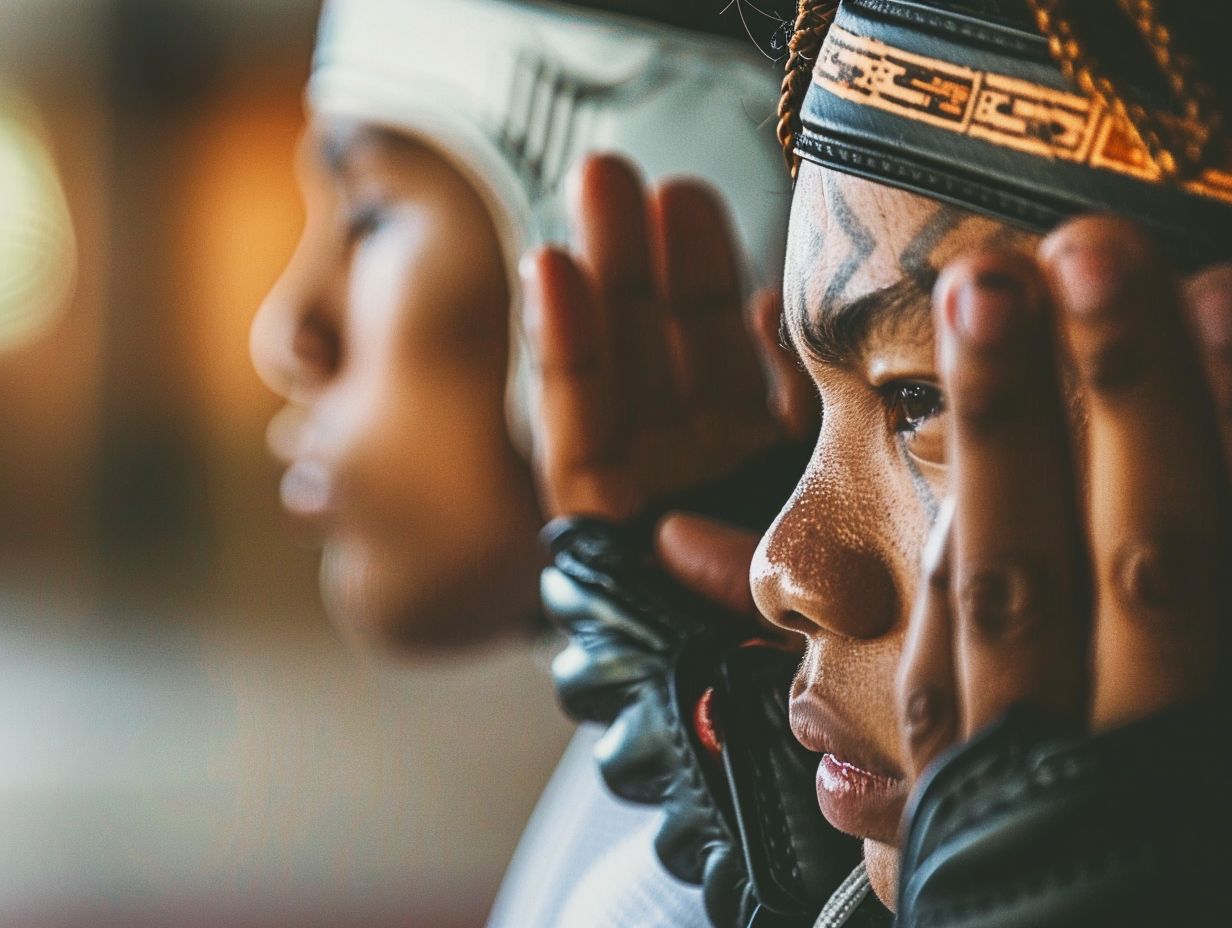
There are several types of ear guards available for BJJ practitioners to use. Some popular choices include soft foam ear guards, neoprene ear guards, and custom-fit plastic ear guards. It’s important to find the type that works best for you and to make sure they fit properly.
Is it necessary to wear ear guards every time I train in BJJ?
If you want to prevent cauliflower ear, then it is recommended to wear ear guards every time you train in BJJ. Even if your training partner is not intentionally trying to cause ear damage, accidental collisions can still occur and result in cauliflower ear.
What are the risks of not wearing ear guards in BJJ?
Not wearing ear guards while training in BJJ can increase the likelihood of developing cauliflower ear. This can result in permanent deformation of the ears, which can cause discomfort and hinder your performance in future training sessions.
Are there any techniques or positions in BJJ that can increase the risk of cauliflower ear?
Yes, there are certain techniques and positions in BJJ that may put you at a higher risk of developing cauliflower ear. These include frequent use of headlocks, arm bars, and stacking positions. It’s important to be aware of these risks and take preventative measures.
What should I do if I start to experience symptoms of cauliflower ear after training in BJJ?
If you start to notice swelling, pain, or fluid buildup in your ears after training in BJJ, it’s important to seek medical attention as soon as possible. This can help prevent the development of cauliflower ear and ensure proper treatment if it has already formed.

